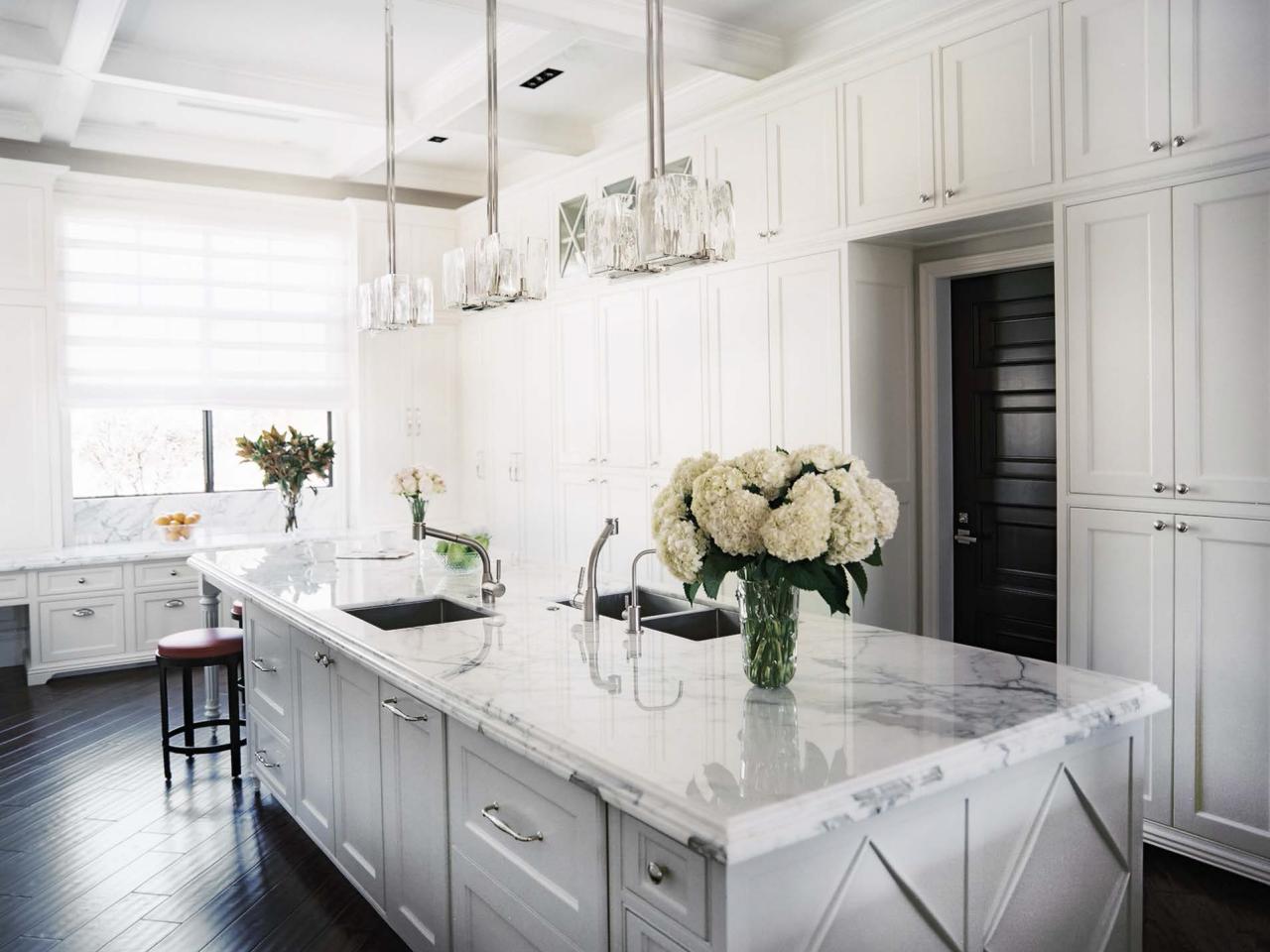Rejuvenate Fresh Life into Vintage Cupboards with Refinishing
Are your your kitchen cabinets looking aged and dated? Rather than simply getting rid of them completely, you might consider a more sustainable and cost-effective alternative: kitchen cabinet refinishing. This process allows you to refresh your existing cabinetry, providing it a modern look without having to deal with the hassle and expense of a total remodel. By dedicating a little time and effort, you can change your kitchen into a space that looks new once more.

Restoring kitchen cabinets is not just about updating their appearance; it’s also an chance to express your personal style. Regardless of whether you favor a classic, rustic, or contemporary aesthetic, there are endless ways to modify your cabinets through refinishing. Beginning with selecting the right paint or stain to choosing new hardware, the choices are limitless. Accompany us as we explore the nuances of kitchen cabinet refinishing and ways you can inject new life into your home.
Opting for the Appropriate Materials
As you are starting the refinishing of kitchen cabinets, choosing the right materials is crucial for getting a high-quality finish that lasts. Start with a quality sanding block or an electric sander to prepare the surface of the cabinets. This action is essential to ensure the paint or stain adheres properly. Select sandpaper with a moderate grit for first sanding and complete with a lighter grit to create a polished surface. Properly preparing your cabinets will make all the impact in the ultimate appearance.
Afterward, consider the variety of paint or stain you will use. For kitchen cabinets, it is recommended to select a resilient paint designed specifically for cabinetry. Look for products labeled as “kitchen & bath” that can tolerate moisture and regular wear. If you favor a stained finish, choose a high-quality wood stain that improves the natural beauty of the wood while providing ample protection. Always test your chosen material on a small, inconspicuous area to confirm you get your desired look before moving on to the entire surface.
In addition, do not overlook the finishing coat, which adds an important protective layer to your refinished cabinets. A water-based polyurethane is often recommended for its durability and low odor, making it a more suitable choice for indoor use. Be sure to choose a finishing product that is well-matched with your preferred paint or stain to ensure a strong bond and a smooth finish. Investing in the best materials will not only boost the longevity of your refinished cabinets but will also enhance the overall aesthetic of your kitchen space.
Step-by-Step Restoration Procedure
To begin the kitchen cabinet refinishing project, you will first need to organize your workspace and gather the necessary tools. diamondsprayfinish.com includes a screwdriver, sandpaper or a power sander, wood filler, primer, paint or stain, and sealant. Detach all cabinet doors, drawers, and hardware to create a clean working area. Be sure to label everything for quick reassembly later.
Then, start the refinishing procedure by sanding the surfaces of the cabinets. This stage is important as it removes the old finish and helps the new paint or stain adhere properly. If there are any dents or damages, use wood filler to repair them before sanding. Once you have obtained a smooth surface, clean off any dust and debris to prepare for the application of primer.
To wrap up, apply a quality primer suitable for kitchen environments, as this will help with longevity and color retention. After the primer dries, you can proceed with your chosen paint or stain. Apply several thin coats, allowing ample drying time in between, to achieve a professional finish. Once the final coat is dry, seal the cabinets with a protective finish to enhance longevity, and put back all hardware and doors to conclude your kitchen cabinet refinishing project.
Advice for a Polished Finish
Achieving a high-quality finish when refinishing kitchen cabinets requires keen attention and the appropriate techniques. Commence by readying the surface meticulously. Remove all fixtures and wash the cabinets to eliminate dirt and grease. Smoothing is essential; use a fine-grit sandpaper to achieve a smooth surface that will help the new finish bond better. Make sure that you remove all dust after sanding, as any particles left behind can mar the final appearance.
Choosing the appropriate type of paint or stain is key for both resilience and aesthetics. For a classic look, consider an oil-based paint which provides a smooth finish and is durable to wear. If you favor a speedier drying option, water-based products are provided that offer excellent coverage. Always try out your preferred finish on a small, inconspicuous area first to see how it looks and reacts with the wood. Apply multiple thin coats rather than a single thick coat to eliminate drips and ensure an even finish.
Ultimately, the application technique can make a noticeable difference in the outcome. Use a top-notch brush or a sprayer for a smoother-looking application. When using a brush, apply the paint in long, even strokes and steer clear of over-brushing, which can lead to uneven coverage. Allow each coat to dry completely before putting on the next. Once you've achieved the desired coverage, think about adding a clear topcoat for extra protection, especially in frequently used kitchen areas. This final step will enhance the durability of your refinishing work, ensuring your cabinets remain beautiful for years to come.